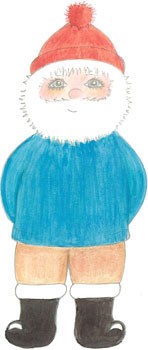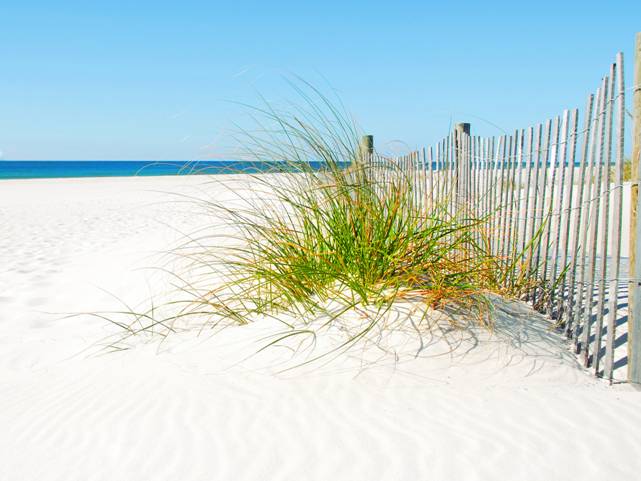
Salty Sam’s Fun Blog for Children
Number 267
Shingle Beaches
Hello Everyone
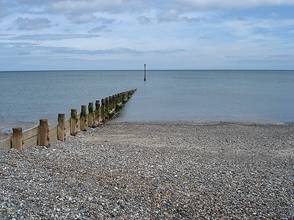
Sandy Cove is the tourist beach next to Rocky Bay. lt is a beautiful, sandy beach full of holiday makers in the summer. We call it ‘miles of smiles’ locally.
But of course some beaches are not made of sand but lots of pebbles and small stones. These stones were usually deposited by rivers or are the broken parts of nearby cliffs.
These are called shingle beaches and people usually wear shoes to walk along them!
Shingle beaches usually rise to a high ridge at the back that is never touched by the sea and there is often a lagoon or wetland situated behind this ridge.
You can find shingle beaches all over the world. And very often you will also find plants situated at the back of them living on the stones. These plants have to be able to live without the rich, garden soil that you plant things in at home.
They have to cope with difficult, arid conditions. There is very little water for the plants to drink and there are harsh winds often whipping across the beach.
The plants often have scoop-shaped leaves that are formed in this way to collect rain water. Others can form in dense mats of foliage. The plants need to collect as much water as they can when it rains because water drains away very quickly between the stones.
They can also have extremely long roots which bind them into the ground and these roots have plenty of opportunity to search out water and nutrients.
As these kinds of beach plants also have to withstand salt-laden winds, many of them have thick fleshy leaves or they keep their growth very low so that they are not torn at by any high winds.
The plants on shingle beaches may look quite different from plants you see in other places.
The roots of these plants help to hold the beach together which is very useful because storms with high winds and pounding waves can often scour large numbers of stones away from a beach in a very short period of time – even overnight.
That is why you will often see long wooden fences running down the beach and into the sea. These are called groynes and you will notice that the level of shingle on one side of them is often much higher than the other side. This shows how the shingle is moved by the sea. The groynes are built to try to stop the beach washing away – the name for this is erosion.
Nowadays, rocks can be used instead of these wooden fences and these should last longer because they are made of harder material which better withstands the pounding of the waves and strong currents of the sea.
There is a very famous shingle beach on the east coast of Kent called Dungeness. lt is one of the biggest shingle beaches in Europe and shelters Romney Marsh (which lies behind it) from the sea.
There are a few fishermen living there in a collection of small, wooden houses.
There is also a lighthouse and a power station and a miniature light railway carrying tourists and local school children.
There is a huge variety of wildlife, including lots of plants, birds and insects that live in Dungeness. Some of this wildlife is very rare.
This shingle beach, unlike many others, is growing, as the sea deposits more and more shingle at its edges.
You can see how much it has grown when you look at the distance between one old lighthouse built in 1902 and another built in 1962. They were both built near the water’s edge at the time of construction.
Nobody can swim in the sea off the beach because the currents are too strong. lt is these currents that shift the deposits of shingle.
Because Dungeness has such an unusual, remote, bleak and windswept landscape, it has often featured in music videos and adverts, as well as films and television programmes.
A lot of people prefer sandy beaches to shingle and children certainly find it very difficult to find enough sand between the stones to build sand castles. But with Easter coming and lots of people planning to get away for the weekend, visiting the beach anywhere is a nice thing to do.
The hotels and restaurants of Rocky Bay are getting ready for the new summer season as l write.
Bye bye everyone – don’t forget to subscribe to my blog!
lf you like my blog, please support it by telling all your friends and followers about it.
Thank you!
And see you again next Fun Friday!
Love and kisses
Salty Sam

www.christina-sinclair.com


Bill and Bob’s Joke of the Week![]()
![]()
Bill: What did the fish say when it swam into a stone groyn?
Bob: l don’t know. What did the fish say when it swam into a stone groyn.
Bill: Dam!
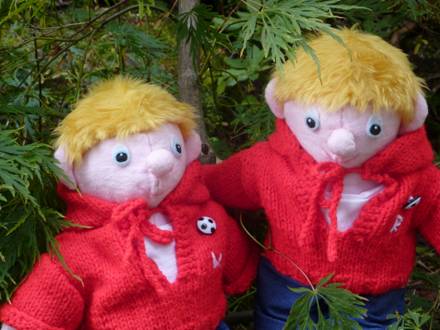
Salty Sam © Christina Sinclair 2015
Unauthorized use and/or duplication of material from this blog without express and written permission from this blog’s author and owner is strictly prohibited.
Links may be used to www.christina-sinclair.com

Picture Gallery
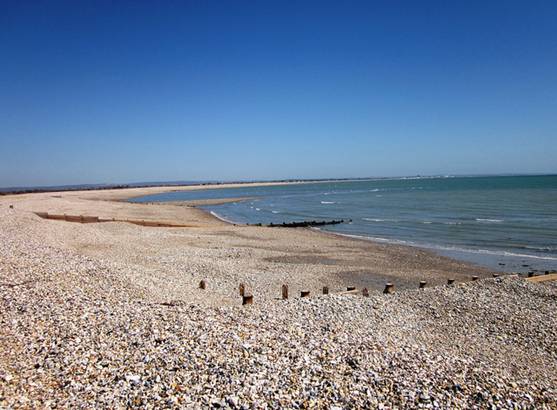 A shingle beach with groynes
A shingle beach with groynes
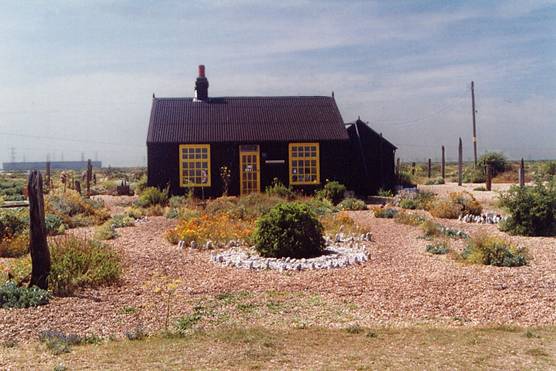 Dungeness Prospect Cottage, Dungeness (2004)
Dungeness Prospect Cottage, Dungeness (2004)
It was owned by film director Derek Jarman
The garden is made with stones, driftwood and a few very hardy plants
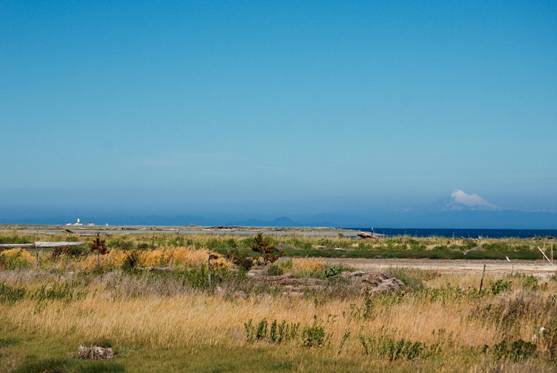 Dungeness
Dungeness


 THE SALTY SAM NEWS DESK
THE SALTY SAM NEWS DESK

So the Rocky Bay Primary School is now closed.
Last Friday, Miss Pringle said goodbye to her children for the time being. They all have people to stay home with.
They packed up their things to take home. They took all of their work from the notice boards and put it in their bags.
Miss Pringle gave the children lots of work to be getting on with and their parents helped the children carry all their books home.
Bill, Bob and Emily have come to stay with me in my lighthouse for a while. They were very excited to come.
We really are in splendid isolation out here on the ocean!
Henry is staying with his parents and Bill, Bob and Emily will Skype him often so that he won’t miss his classmates too much. They Skype their parents too of course.
I have been helping the children with their homeschooling, because of course I work from home! And they have been helping each other too.
I have been helping them send e-mails to some of the other children in the class so that nobody feels too isolated away from their friends.
Last Saturday afternoon, before I loaded up my boat with their bags full of clothes and toys we went to Auntie Alice’s cottage to take her some shopping and leave it on her doorstep.
She had left a mysterious package outside her front door with a note on it.
She thought the children would like something to do.
Last September, she had collected lots of hollyhock seeds from the flowers in her garden as they were fading. She put them in a paper bag but had not had time to release them from their cases.
So she asked the children to do it for her.
We took the parcel to the lighthouse to open.
The children had to wear gloves because the cases were a bit prickly.

Then came the fun part – later in the week we went back to the mainland.
Rocky Bay seemed eerily deserted; but that didn’t stop us going for a long walk in the fresh air. We met not a soul on the back roads. We did not go to the children’s playground in the park because you are not supposed to do that at the moment.
The children went up and down the lanes behind Auntie Alice’s cottage sprinkling hollyhock seeds as if they were fairy dust.
Hopefully, when the summer comes we will see lots of hollyhocks flowering by the sides of the road.
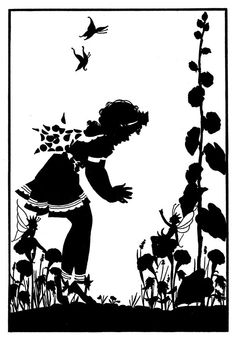
When we got back to the lighthouse with our shopping and our sowing job done, the children drew a rainbow on a piece of paper and stuck it up in their bedroom window at the top of the lighthouse.
Have you put a rainbow in your front window to cheer up everyone who passes by your house too?
Every evening, we all sit around my stove together, snuggle up in the armchairs in the flickering firelight and I read to the children from a story book. I think they will have good memories from this time.

Salty Sam says
do things to make yourself happy
and keep yourself safe!

*********************
*********************


Quick Quiz
This week we have a Bill and Bob’s word jumble quiz for you.
They drew inspiration from a walk we went on together last Sunday along the beach; of course we observed social distancing.
As you already know, we love to go beach combing.
We always hope to find ambergris because you can sell it for a large amount of money. lt comes from the body of a whale. But so far we have never come across any – but we will keep looking!
- Seeewad
- Sllesh
- Remmiads srupes
- Droowdift
- Gremabis
- Semluss
- Pemilts – in the picture…




lt’s the Weekend!

HOW TO MAKE A RAlNBOW YARN BOX
The black background on this box really makes the colours of the rainbow yarn pop. It matches the pen holder on Blog Post 263.
You can use this box to store lots of bits and pieces on your desk that will not fit into the pen holder.
Using rainbow yarn will make your box unique!
Or you can use it to keep toys or jewellery in.
You will need 3 sheets of 7 mesh 10.5 by 13.5 inches/26.7 by 34.3cm
You will also need a small ball of black dk yarn and a small ball of dk rainbow yarn
First cut the following panels:-
42 holes x 42 holes – outside top of lid – 1 piece
42 holes x 12 holes – outside sides of lid – 4 pieces
40 holes x 40 holes – outside base bottom – 1 piece
40 holes x 13 holes – outside base sides – 4 pieces
40 holes x 40 holes – inner lid top – 1 piece
40 holes x 11 holes – inner lid sides – 4 pieces
38 holes x 38 holes – inner base bottom – 1 piece
38 holes x 12 holes – inner base sides – 4 pieces
Label them all or at least keep them in separate piles so that you don’t get in a muddle.
The first group of panels will be covered with canvas work stitches and the second group of panels can be left without stitching (or covered with tent stitches worked in black yarn if you prefer).
Inner panels of lid:-
Sew the sides to the lid but don’t sew up the corners
Inner panels of base:-
Sew the sides to the bottom but don’t sew up the corners
On the outside lid panels:-
- Run a line of tent stitches round the outside line of holes using black dk yarn.
- Fill in the rest of the panel using Scottish stitch and rainbow yarn over 4 holes.
- You can work up vertically from the bottom or across from the side – the stitches on the box in the photograph are worked diagonally from one corner. Each line of squares is worked in different directions.
- Sew the sides to the top and then the corners together using black yarn.
The outside base panel:
- Run a line of tent stitches worked in black yarn around the first row of holes all the way around the square of plastic canvas.
- Then work a line of tent stitches in rainbow yarn inside that first row.
- Then work 1 line of black stitches, 1 line of rainbow stitches, 2 lines of black stitches.
- Then work one row of Scottish stitches in rainbow yarn around the square and fill in the centre of the square with Scottish stitch using black yarn.
- Cover the outer sides of the base with Scottish stitch worked in black dk yarn. (Work in good light.)
- Sew the sides to the base and then the corners together using rainbow yarn.
TO MAKE UP
Push the inner skins into the box lid and base and sew along the rims using rainbow yarn to sew the inner skin to the outer skin – sew into just one hole in the outer skin each side as you go because the inner panels are two holes smaller than the outer side panels.
See the photographs for more guidance.
The top of the lid was worked from the top left hand corner to the bottom right hand corner and you can see how the yarn changed colour from yellow to green then back to yellow again. Then it became orange, red and orange again.
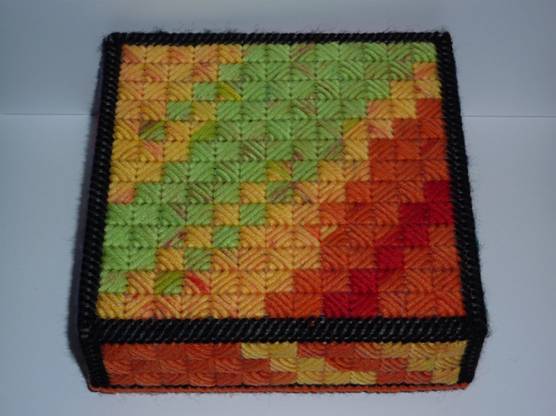
The lid
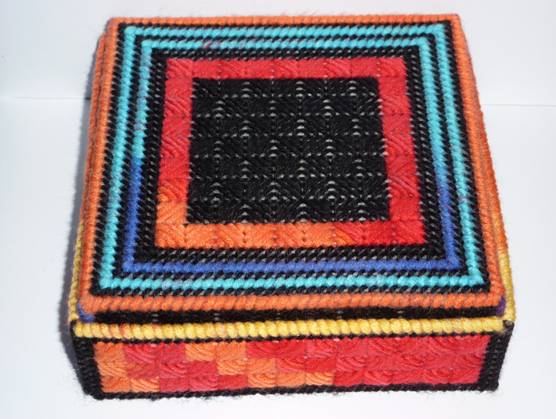
The base of the box
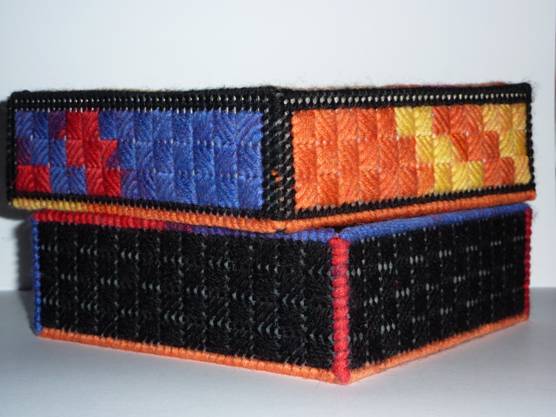
The sides of the lid and the sides of the base
Please note that the material on this blog is for personal use and for use in classrooms only.
It is a copyright infringement and, therefore, illegal under international law to sell items made with these patterns.
Use of the toys and projects is at your own risk.
©Christina Sinclair Designs 2015


Quick Quiz Answers
- Seaweed
- Shells
- Mermaid purses
- Driftwood
- Ambergris
- Mussels
- Limpets

Mussels and other shells

Ambergris


